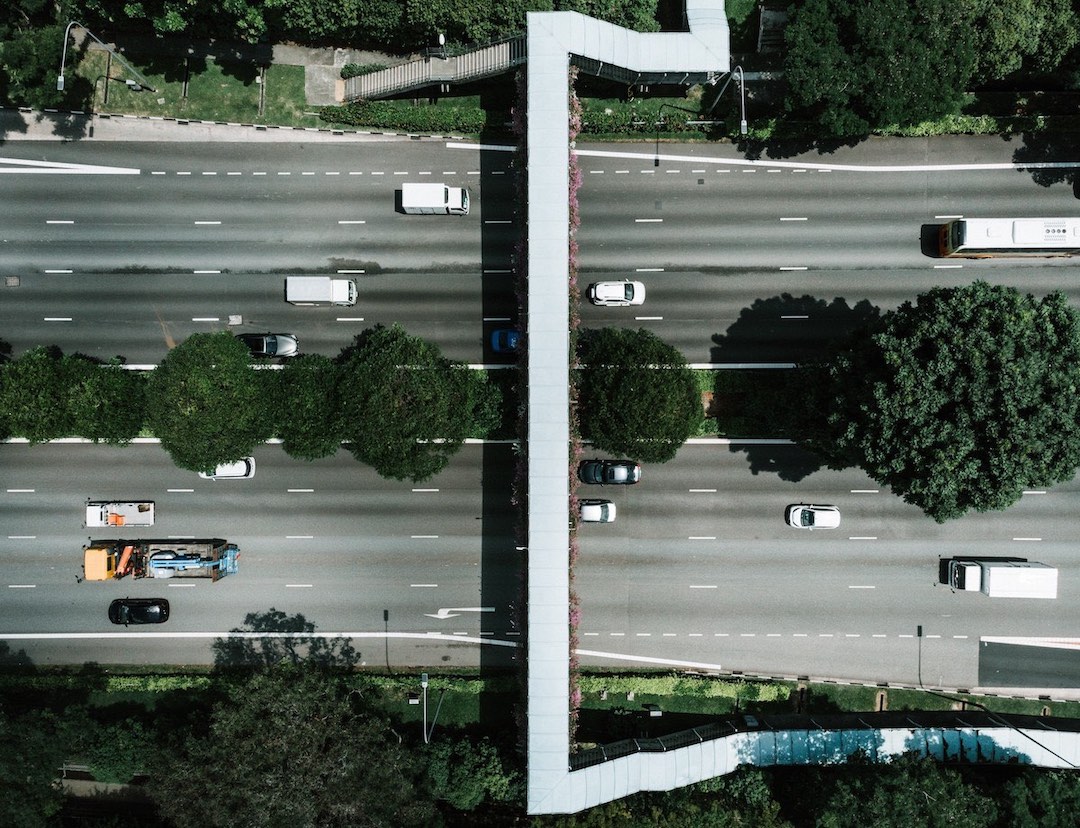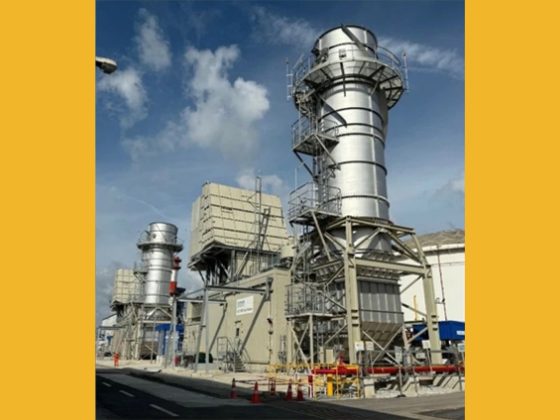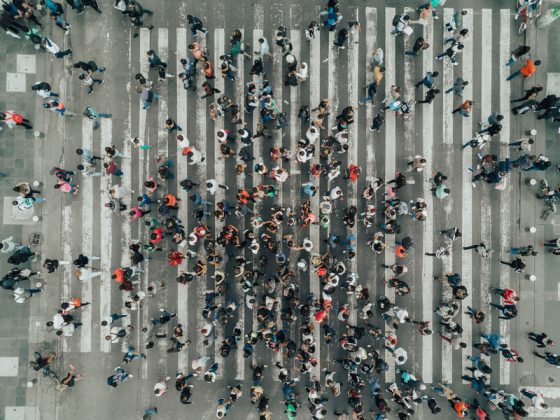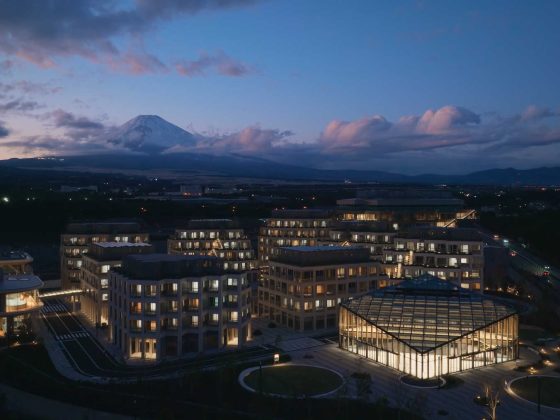To survive, you need roads and electricity. Here we are not talking about survival, but about the policy of development, a decisive breakthrough from the existing quagmire of dullness and facelessness of cities and villages. We will consider the issues of planning infrastructural development and implementation of approved plans. Who determines the need for the infrastructure development of the city? How is the placement of the necessary transport, utilities, social and recreational infrastructures planned? How are the adopted master plans being implemented, and to what extent does the fact of implementation correspond to the master plan? Is there monitoring of the creation of infrastructural facilities, and depending on what changes can be made to the plans for infrastructural development of cities? We will try to answer these and other related questions.
Compliance with Security Requirements in the Digital World
In the era of hyper-connectivity, public infrastructure companies will continue to strive to deliver effective remote operations. The rollout of 5G will be critical to delivering services in the new environment. Globally, it is estimated that 5G could deliver about $ 4.3 trillion in value. Technologies such as the cloud and 5G will drive innovation and efficiency in the infrastructure sector. In smart cities and venues, for example, hyperconnected infrastructure can fully optimize space and energy use, implement intelligent waste and water management, and integrate innovative telecom solutions.
Industrial Property Transformation
Manufacturing capacity in cities is being reduced, vacating thousands of square meters. According to some estimates, this is up to a third of the area of modern agglomerations. And, as Kees Donkers rightly put it, this is the face of the post-industrial city.
The vacated premises are being converted into offices and coworking spaces, cultural centers, and loft-style residential real estate. There are many similar projects in the world.
At the meetup, the specialists talked about two of them – the transformation of the industrial buildings of the Philips Corporation in the city of Eindhoven (Netherlands) and the use of the premises of the Kord factory as a creative and technological center.
In the future, the Kord factory should become a hub for business access to the missing resources, and at the same time a platform for business acquaintances and creative collaborations. This is a place where people who are close in spirit will be able to implement joint projects. It sounds blurry, from which we can conclude that project residents are only groping for options into which they can usefully reformat the production facilities.
The transformation of industrial real estate is an idea of the beginning of the 21st century. Even ten years ago, it seemed that the natural form of such a transformation was offices. But as many have noticed, they may not last long. Even finding professional commercial architects has become a complicated process due to changes in the commercial sector of urban infrastructure.
In the past 20 years, there has been a tendency for universal digitalization, including work. The pandemic has intensified the trend for remote telecommuting. By and large, working in offices is no longer so relevant when there is Zoom and the opportunity to meet in a cafe. Thanks to this, shortly a large office may become a thing of the past – just as large factories in cities are leaving now.
After the business recovers from the pandemic recession, interesting new projects will appear related to the reformatting of office space, perhaps for leisure.
It’s not just the working environment that is shifting from offline to online today. The speakers focused on the fact that in all spheres of life online reduces distances where they used to play a decisive role. And offline begins to perform service functions.
In particular, trade goes to the network. In some cities, such as Seoul, the process of reformatting shopping centers into lofts was launched several years ago.
Against the background of projects for transforming existing buildings, pictures with cities of the future in the clouds or underwater are more reminiscent of illustrations for “Dunno in the Sunny City”, frames from cartoons or science fiction. Now the construction of such cities seems to be something frivolous, but the real work is precisely in reconstruction.
However, in these projects we are all developing the structure of the present – and we live in the economic models of the present. On a large scale of time, the very existence of these models, and with them, the city as a phenomenon can be questioned. It is probably high time to design some kind of fundamentally different space – a unique and complex environment that is not defined by a rigid function. Ultimately, this will lead to the loss of a city that is understandable and familiar to us, to its transformation into an exhibition of different spaces that can change their states depending on the needs of people.
Development of a Supply Chain in infrastructure
To mitigate risks, infrastructure developers and operators will use supplies from nearby regions, which will lead to higher inventory levels and open up opportunities for new and smaller regional suppliers to grow. This will force providers of transport and logistics services, including ports, airports, and railways, to rethink their operations, cost structures, and business models to remain relevant and flexible in the new environment. At the same time, there is a possibility that some may start introducing new technologies, such as 3D printing, to reduce dependence on niche suppliers. By the way, 3D technologies have become of great importance in developing the infrastructure. Architects, designers, or engineers who know at least 5 types of 3D modeling are in high demand in the engineering market. Engre.co – an international engineering marketplace – can easily confirm this information. Proposing infrastructure design services, the platform provides customers with the best specialists who are aware of all the latest technologies and possible solutions to any problem.
Environmental Friendliness
The city in the usual sense is an anti-ecological invention. Yes, it can be done better: we are trying to produce less waste, purify wastewater, etc. But in general, we understand that the city is against the environment. Therefore, many want to flee the cities. The only question is how to create urban comfort conditionally “in the field”.
There may be an answer to this question. Many specialists showed that cities of the future designed from scratch are parks with low-rise buildings and green roofs.
They combine the strengths of modern technology and the natural environment. According to forecasts, 70% of the population by 2050 will live in cities. However, the sustainability trend makes it possible to question the very existence of the city in the future. Citizens will try to return to nature, but they will choose a completely different form of settlement – a transformed rural environment or a city without a city.
Borders Become Real Again
For several months, the pace of globalization has dropped sharply. Borders closed and migration rates fell to record lows. At the same time, supply chains have become more complex. Given the experience of supply disruptions during the quarantine and series of lockdowns and the critical role of ports and airports in the global supply chain, governments, regulators, investors, and service providers will pay more attention to improving the financial and operational soundness of their assets and networks. Investments in digital and smart ports, airport automation will grow.










